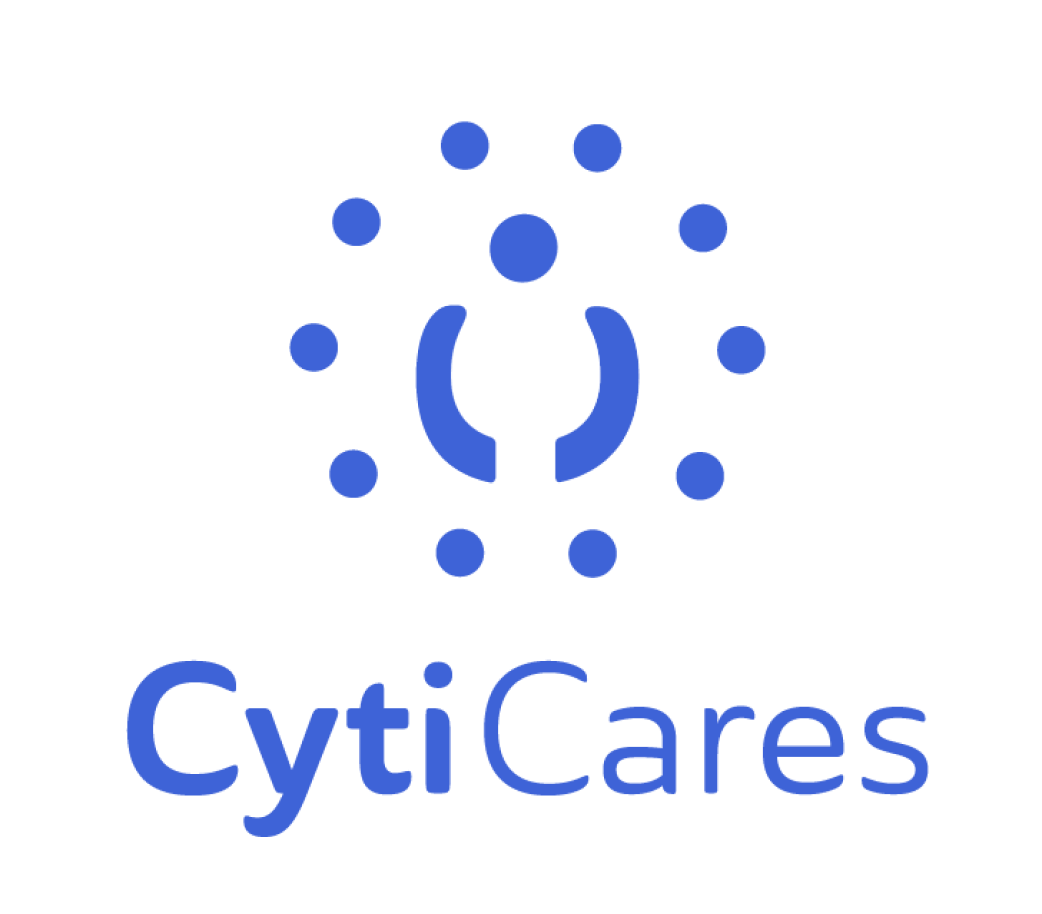Many people who catch COVID-19 fully recover and return to normal within a few weeks. But some people, including those who only suffered from very mild versions of the virus, experience symptoms for weeks, months, or even years after. This condition is known as long COVID, post-COVID-19 syndrome, and long-haul COVID-19.
While the majority of long-COVID symptoms are physical, some people enduring long-term symptoms struggle with their mental health, too.
What is long COVID?
Long COVID is defined by having ongoing, returning, or new COVID-19 symptoms for more than four weeks after the initial diagnosis. These symptoms can last years and cause major disabilities.
According to the latest research, between 1 and 12 months after developing COVID-19, 20% of people aged 18-64 still have at least one condition that may have been caused by the virus. In people aged 65+, 25% have at least one condition that may have been caused by the virus.
Long COVID symptoms
The most common symptoms associated with long COVID include:
- Respiratory challenges, such as shortness of breath, coughing, and difficulties breathing
- Fever
- Fatigue
- Symptoms that get worse following mental or physical effort
- Muscle and joint pain
- Blood vessel issues and blood clots
- Heart conditions and symptoms, such as fast heartbeats and chest pain
- Digestive issues, including stomach pain and diarrhea
It can be difficult to tell if the symptoms you’re experiencing are caused by COVID-19 or something else, such as a preexisting medical condition.
Mental health effects
In addition to the physical effects, long COVID is also damaging to mental health. Some neurological symptoms are a direct result of experiencing COVID, while others are side effects of the physical symptoms.
The most common mental health and neurological symptoms associated with long COVID include:
- Difficulties thinking
- Difficulties concentrating
- Headaches
- Sleeping problems
- Dizziness when getting up
- Pins and needles or numbness
- Loss of smell and/or taste
The fatigue that most people with COVID-19 experience can make it difficult to think clearly and concentrate, while respiratory problems and muscle pain can make it tricky to properly sleep.
While some COVID-19 symptoms are directly responsible for the mental health side effects, most people suffer from mental issues because of the multitude of factors associated with COVID-19.
Depression and anxiety
Many people who develop COVID-19 experience depression and/or anxiety. Being forced to self-isolate away from friends, family and society; generally feeling exhausted and run down; not knowing how long it will take you to get better; and not having the energy to do the things that you enjoy can all make you feel isolated and depressed.
Anxiety as a result of COVID-19 works in a similar way. Being worried about losing your job because you’re forced to stay home, being concerned that your symptoms may get worse and you’ll have to be hospitalized, thinking you may never recover, and the general uncertainty about COVID-19 in the world can all cause severe anxiety.
As your symptoms improve and you can return to your normal life, your depression and/or anxiety symptoms should gradually fade and disappear. Feeling down and worried are two natural reactions to being sick. These feelings are designed to keep you safe so you can fully recover.
But if you begin to feel overwhelmed by your emotions and you’re struggling to cope, you need to seek help from a professional. It doesn’t matter if you have COVID-19 and you’re self-isolating, you can set up a video appointment and talk to one of our Cyti therapists in a video chat on your computer or with your smartphone.
Re-entering the world
Whether or not you’ve experienced COVID-19, it’s natural to feel anxious about re-entering the world post-COVID. Follow these steps to ease yourself in gently and get back to the life you used to love:
- Start small: If you haven’t been out much, don’t jump in at the deep end and visit the busiest place you can find. Take walks in peaceful places where you can distance yourself from others. As you feel more comfortable, visit gradually busier places until you don’t notice how many people are around you at all.
- Confront your fears: The longer you let fear fester, the more it will take over your life. If you’re worried about going grocery shopping in person or attending a party, it’s much better to do it sooner than later. Face your fears head-on and you’ll find it easier to get back to normal.
- Motivate yourself: It’s easy to focus on all the things that could go wrong by re-entering the world. Instead of concentrating on the darker things, motivate yourself to get out there by thinking about all the things you’ve been missing on. Focusing on hanging out with friends, enjoying family meals together, and meeting new people can all give you the push you need to get out.
- Pair up: If you’re struggling to get started on your own, pair up with a friend. It doesn’t matter if your friend has the same issues as you about getting back to normal or if they’re already embracing the way that life is now. Ask your friend if they can support you during this difficult time and you’ll find it much easier to achieve your goals.
You’re not alone
Feeling anxious about re-entering the world after something as devastating as the COVID-19 pandemic is perfectly natural. But while these feelings are normal, they become unhealthy if they stop you from living your everyday life. If you find yourself too anxious to do common, everyday tasks that need to be done, it’s time to reach out and ask for some help.
Out Cyti therapists have helped thousands of people manage their depression and anxiety during the pandemic. Now things are getting back to normal, they can help you adjust to the new world and re-enter society. They’ll support you along your journey and provide you with all the skills you need to manage your anxiety and get your life back. Contact us today to make your first appointment.
About the author: Krystie Hudson
Krystie’s favorite types of therapy to use with her clients are EMDR (Eye Movement Desensitization and Reprocessing), DBT (Dialectical Behavioral Therapy) and SFT (Solution Focused Therapy). She also incorporates Cognitive Behavioral Therapy and Internal Family Systems with clients as needed. She prefers to work with clients ages 14-100. She is especially skilled with trauma and parenting problems/support, family issues.








